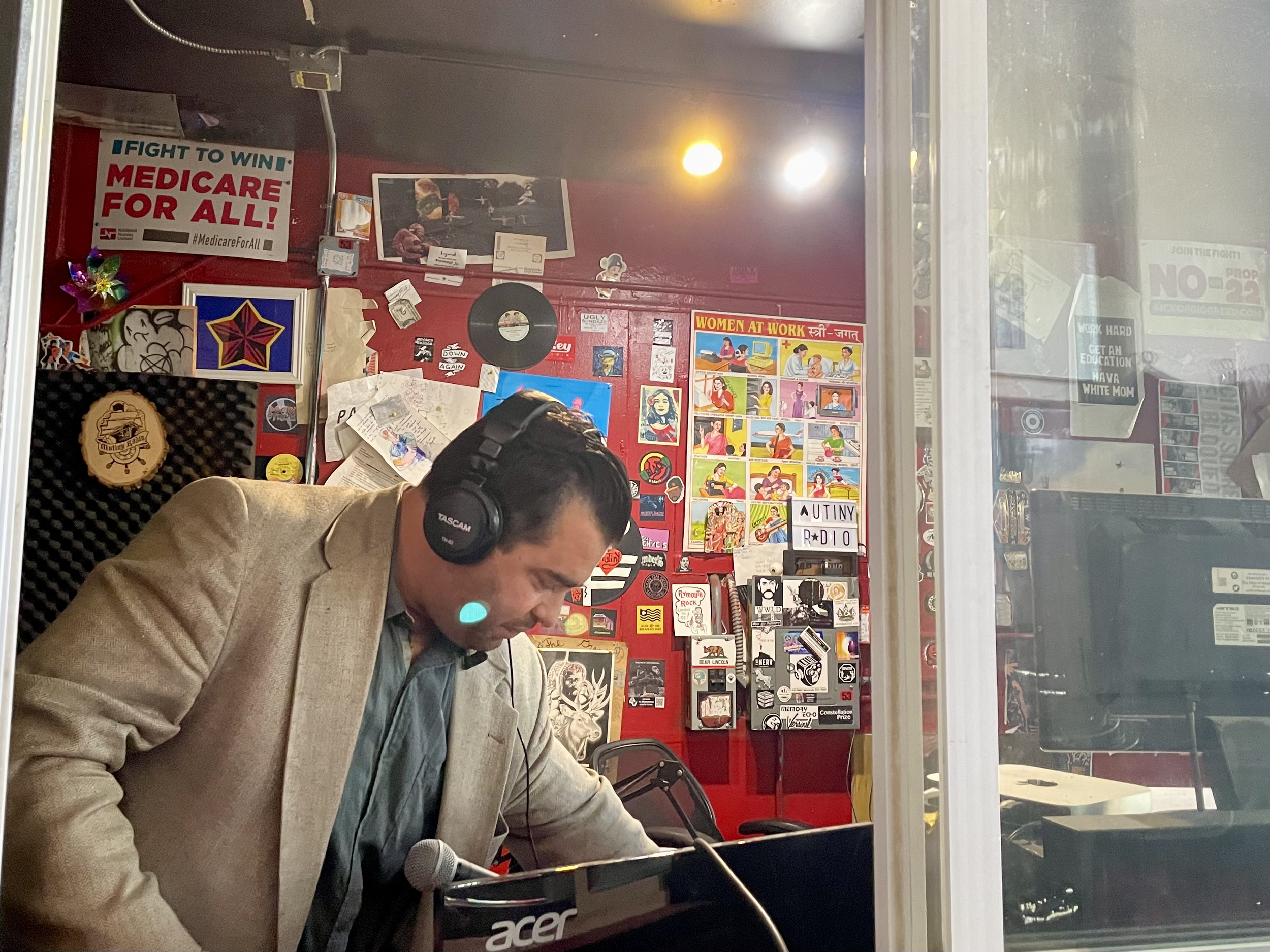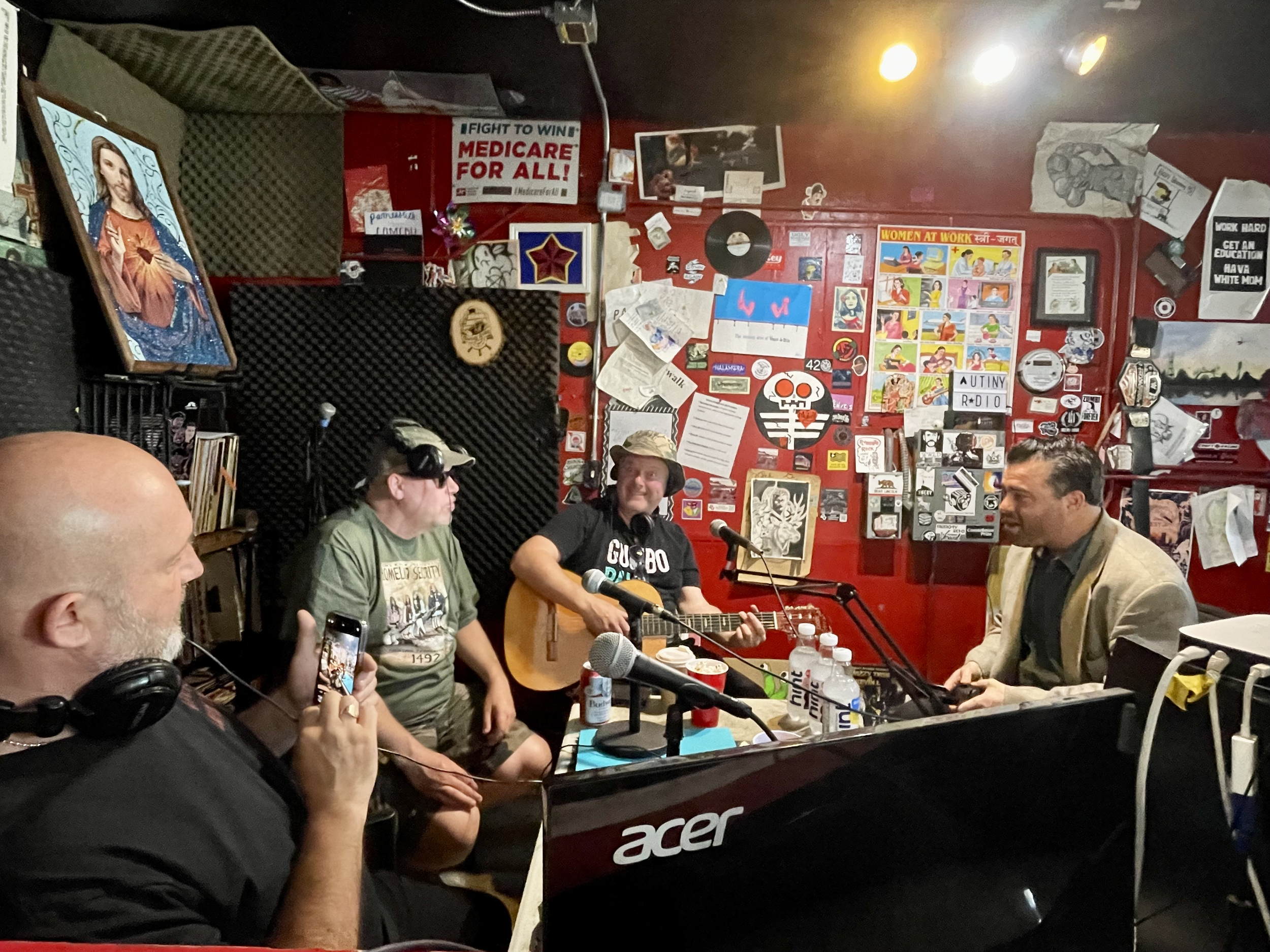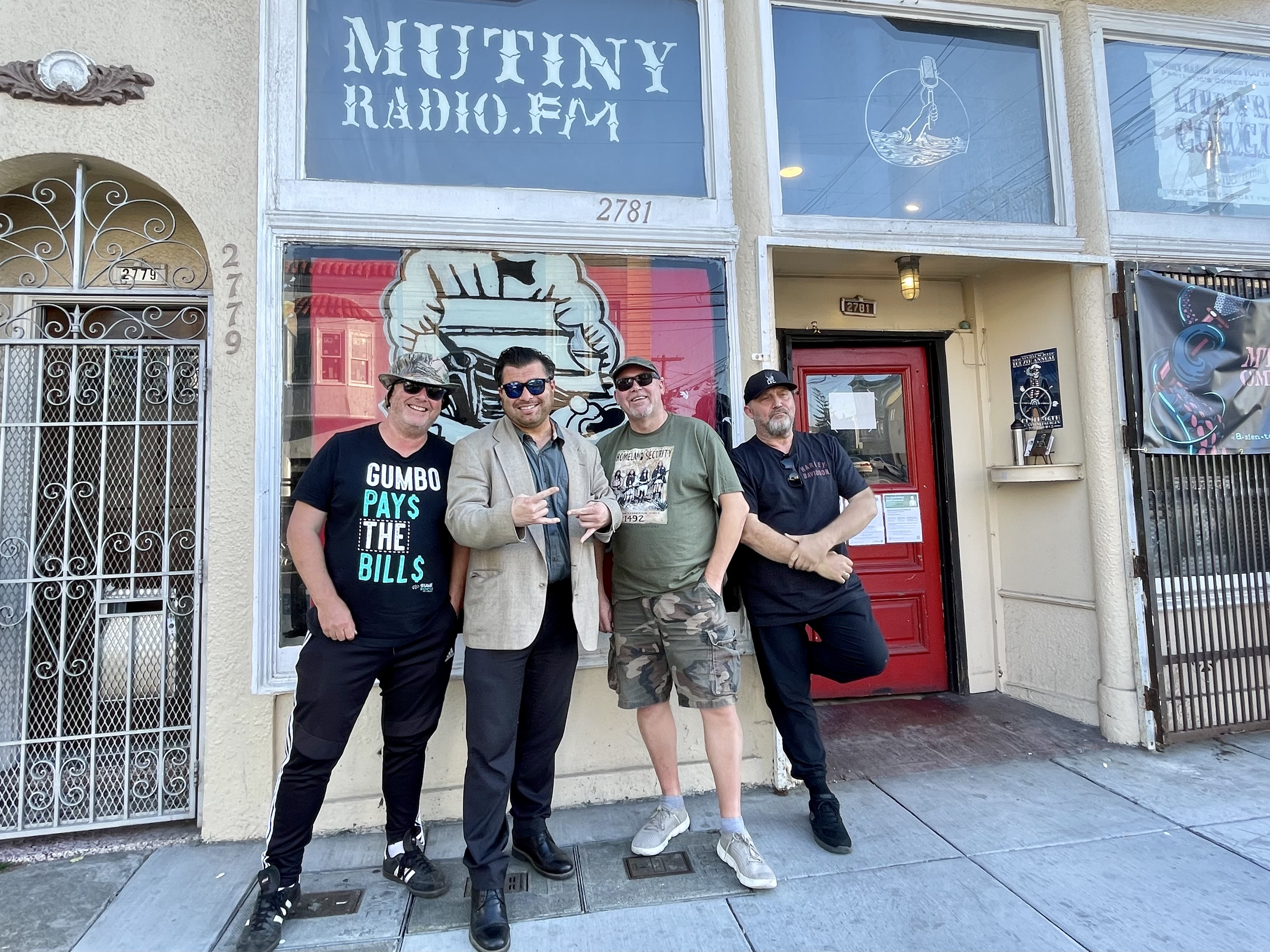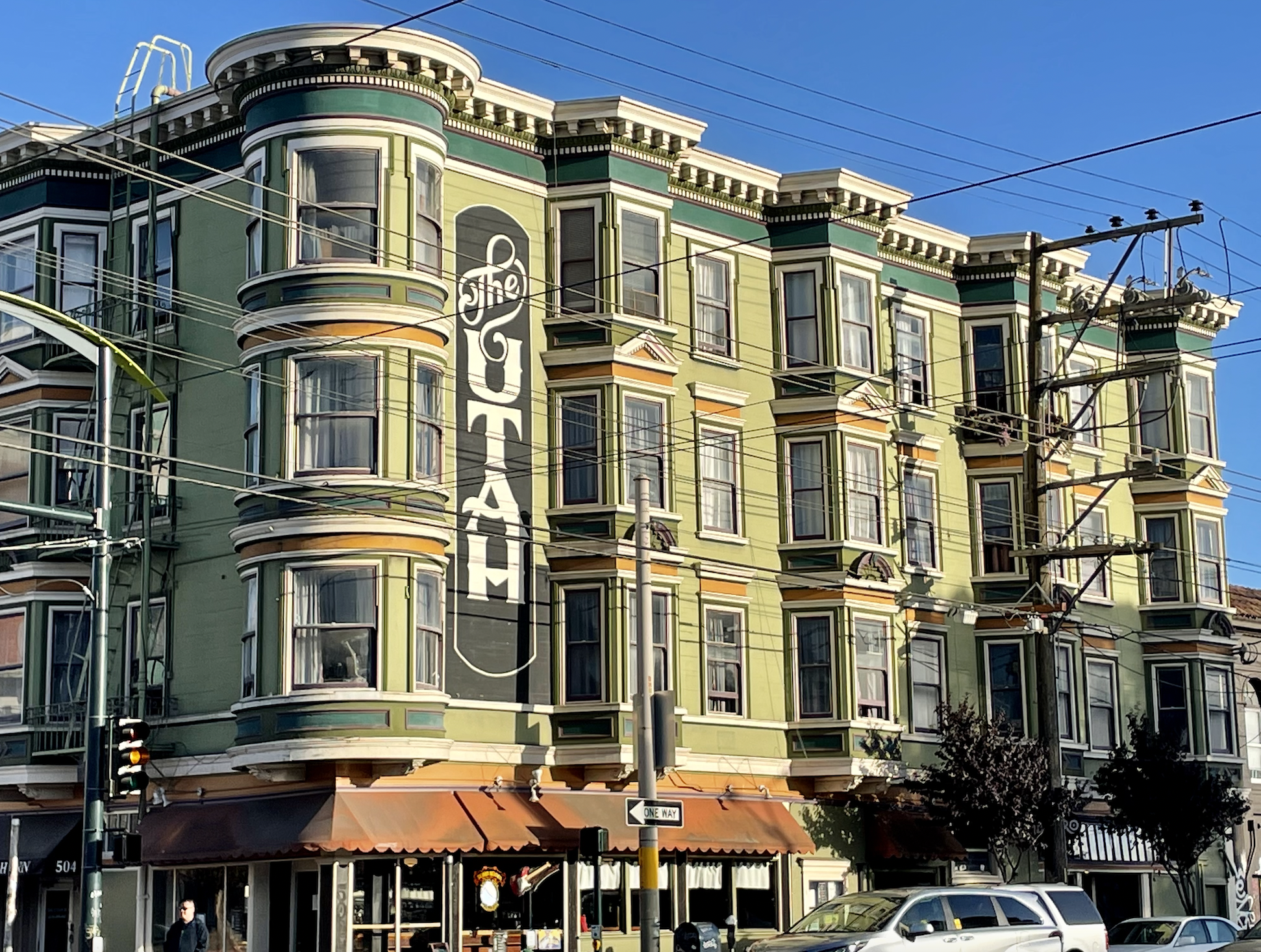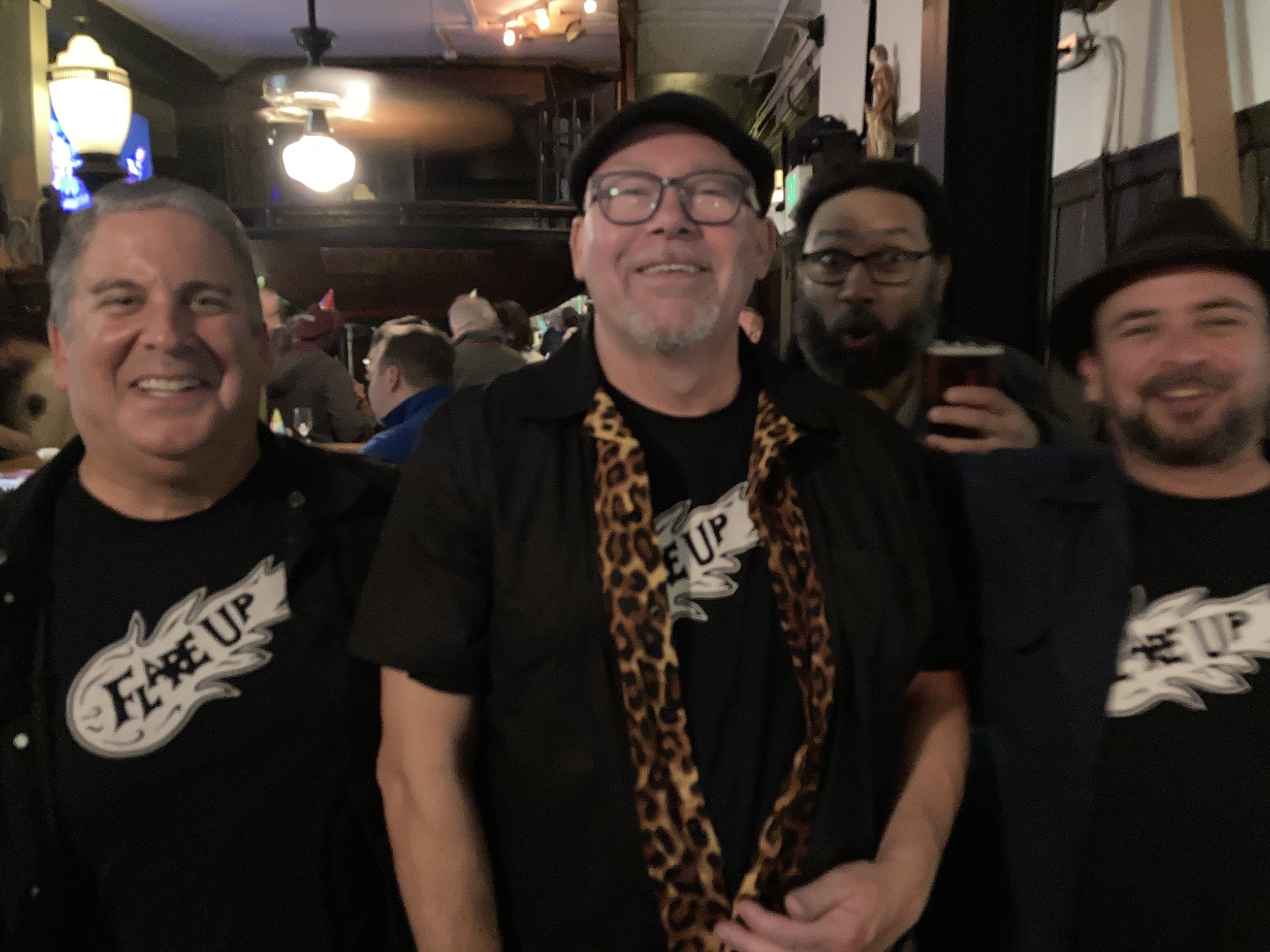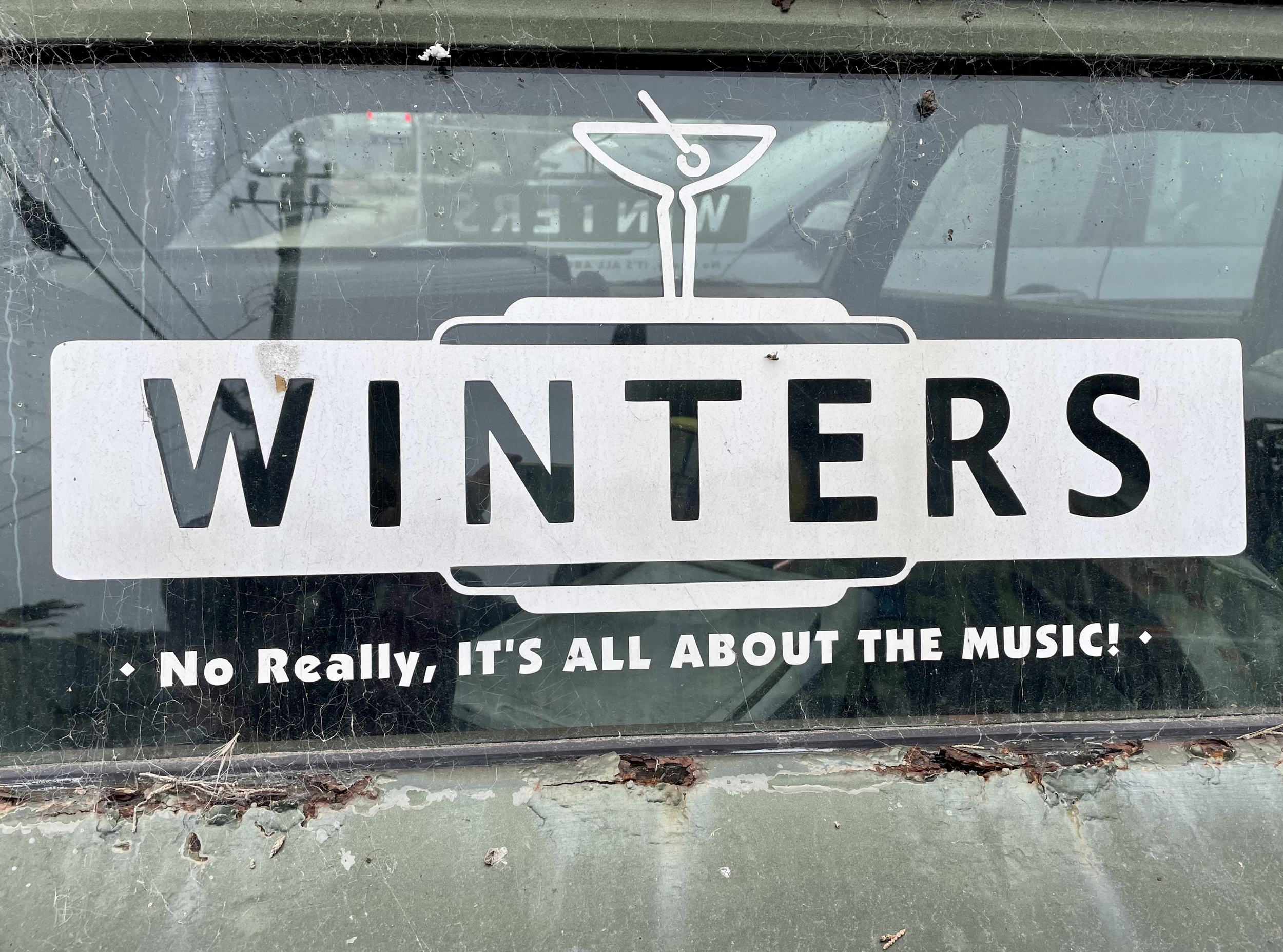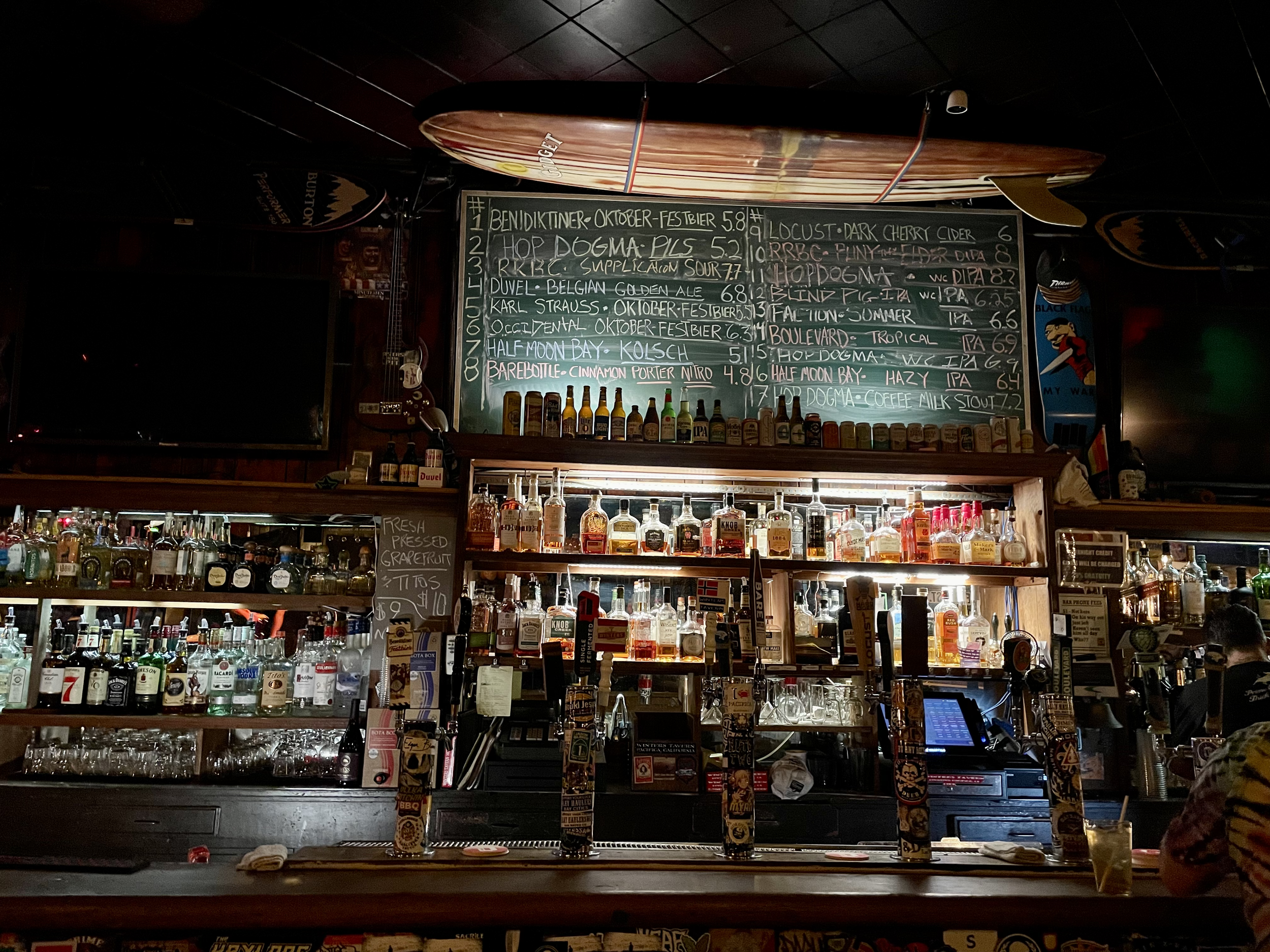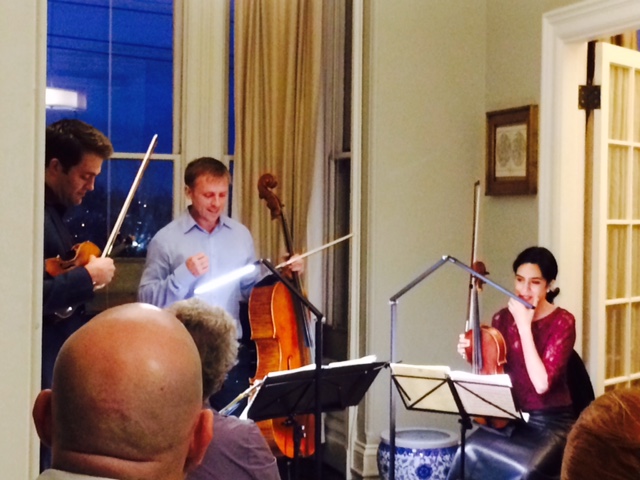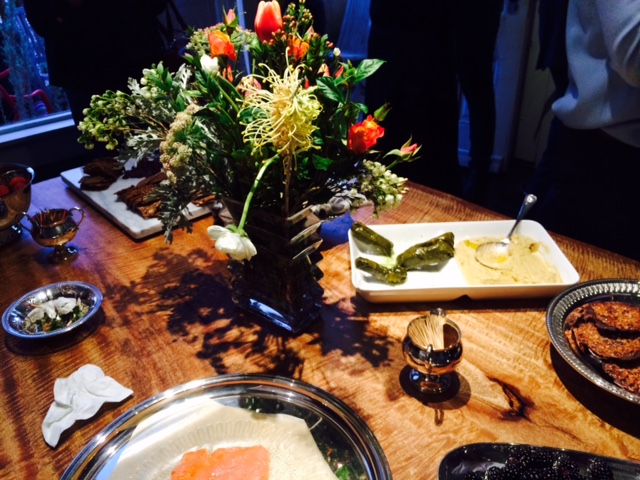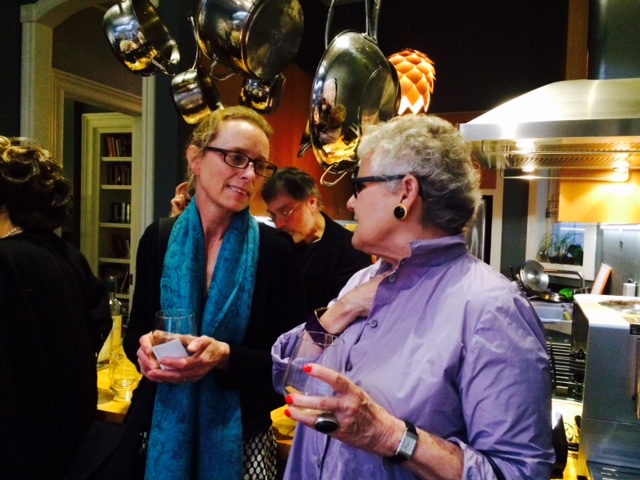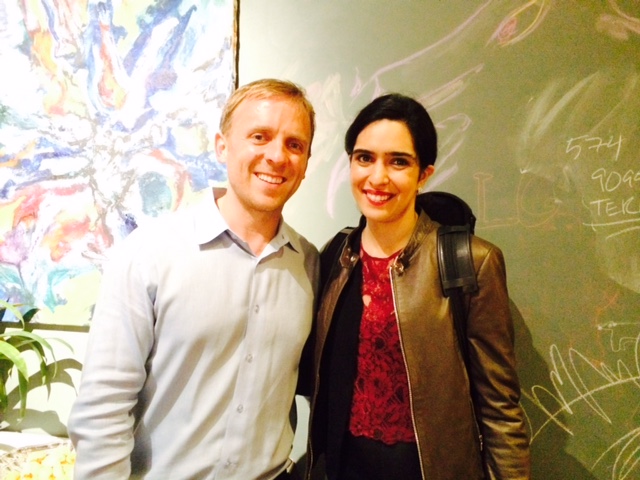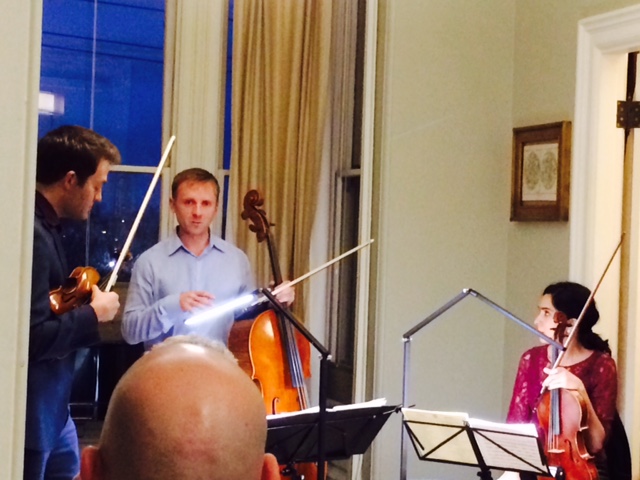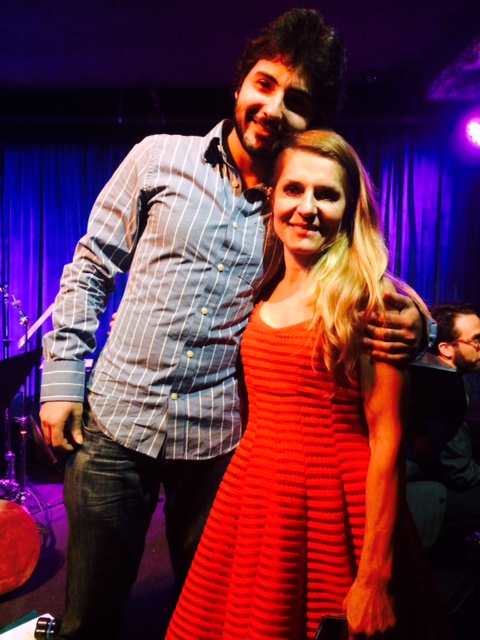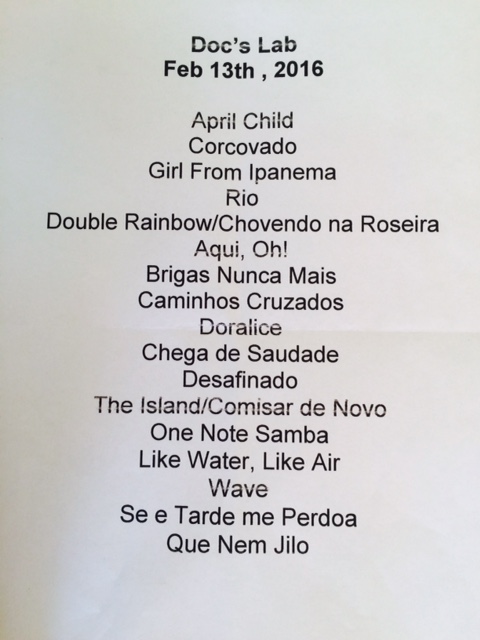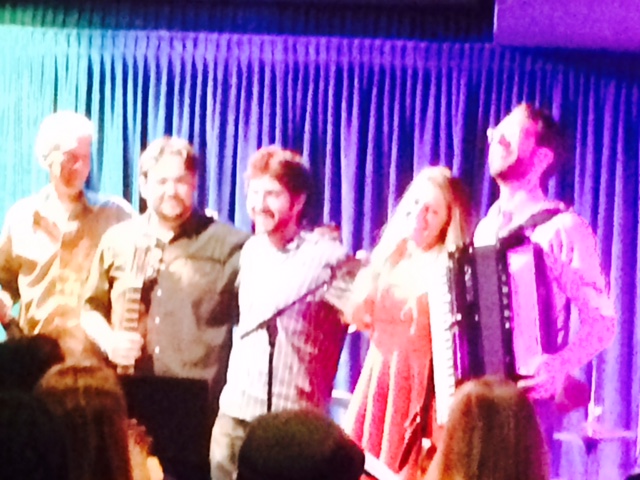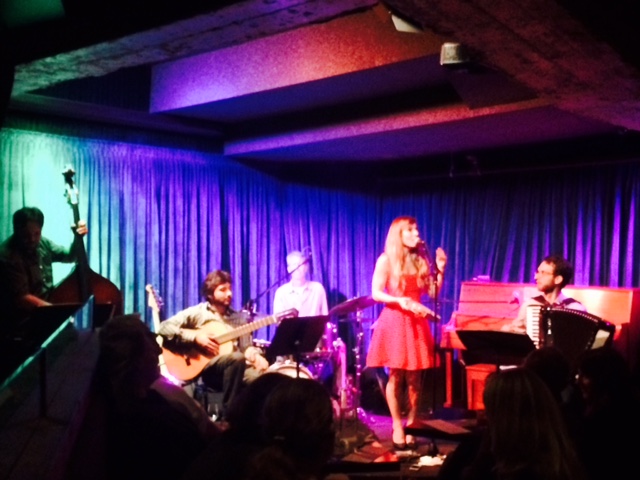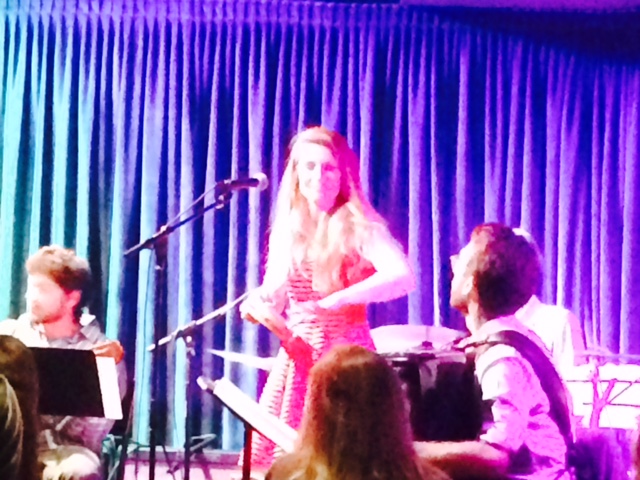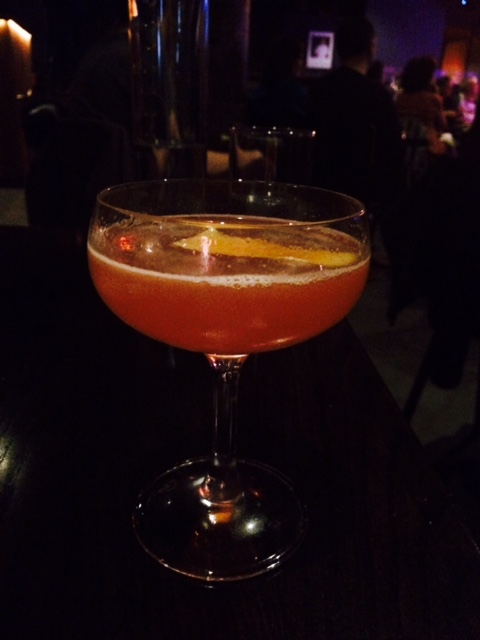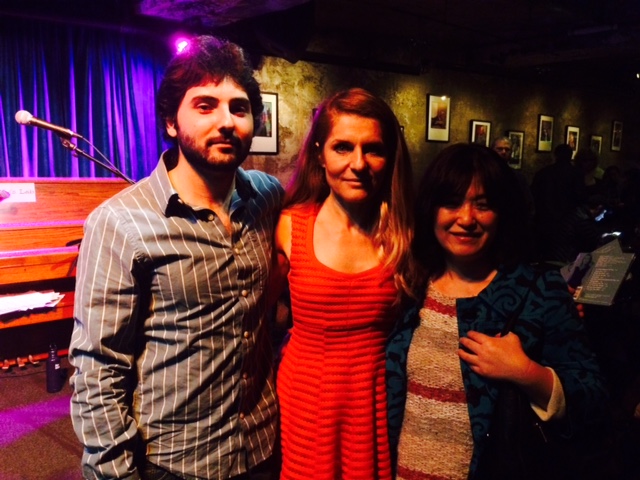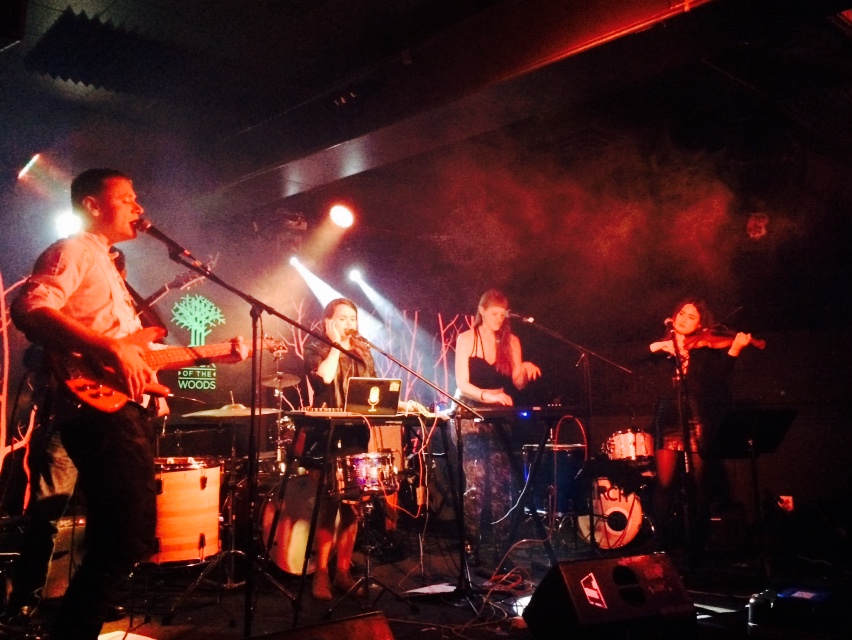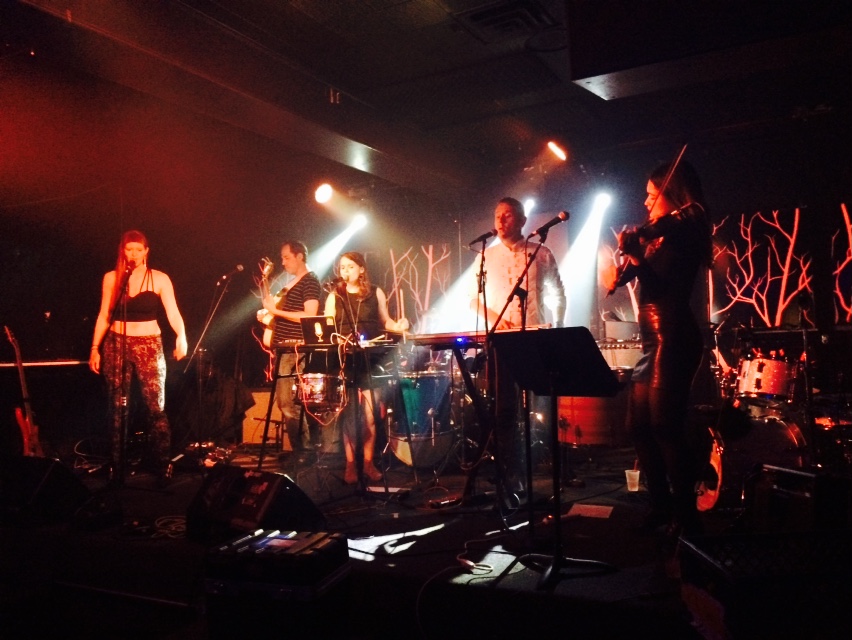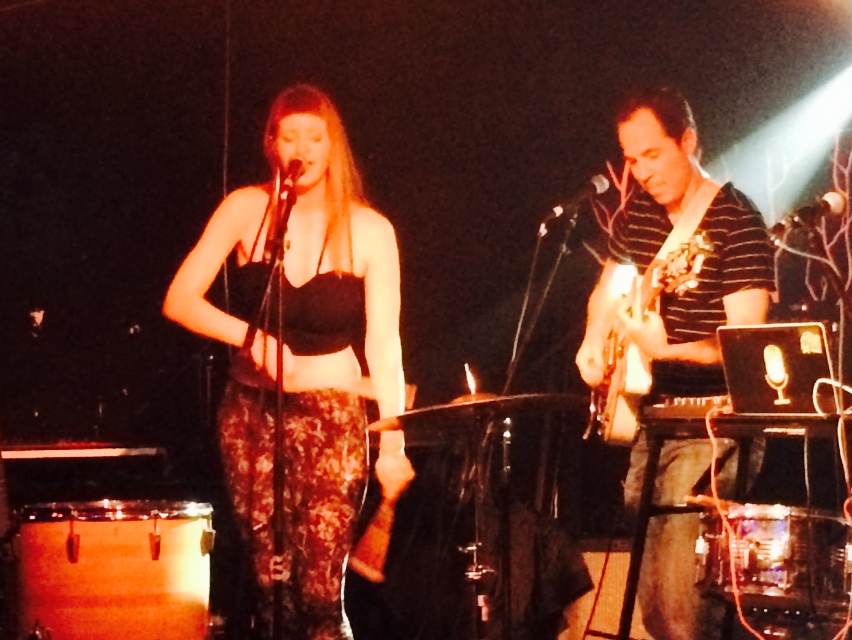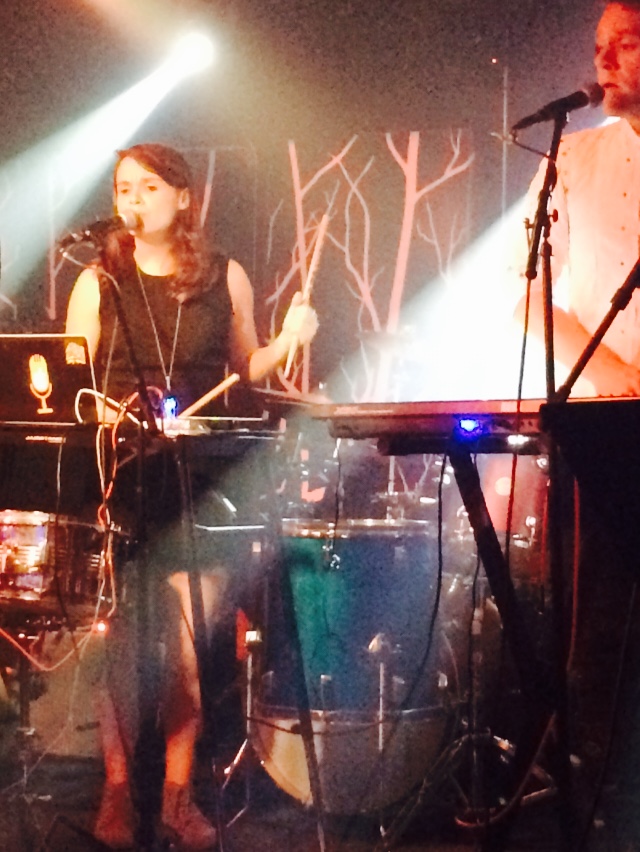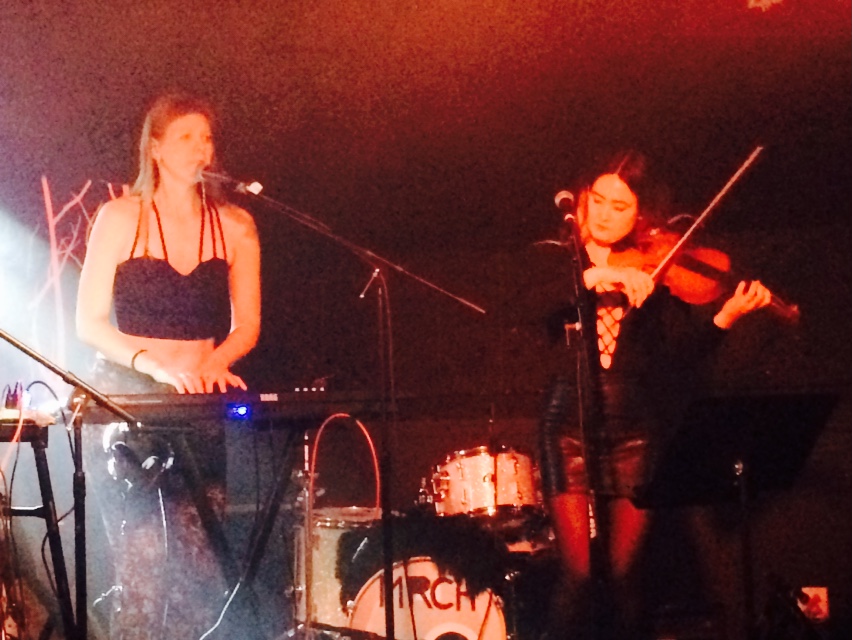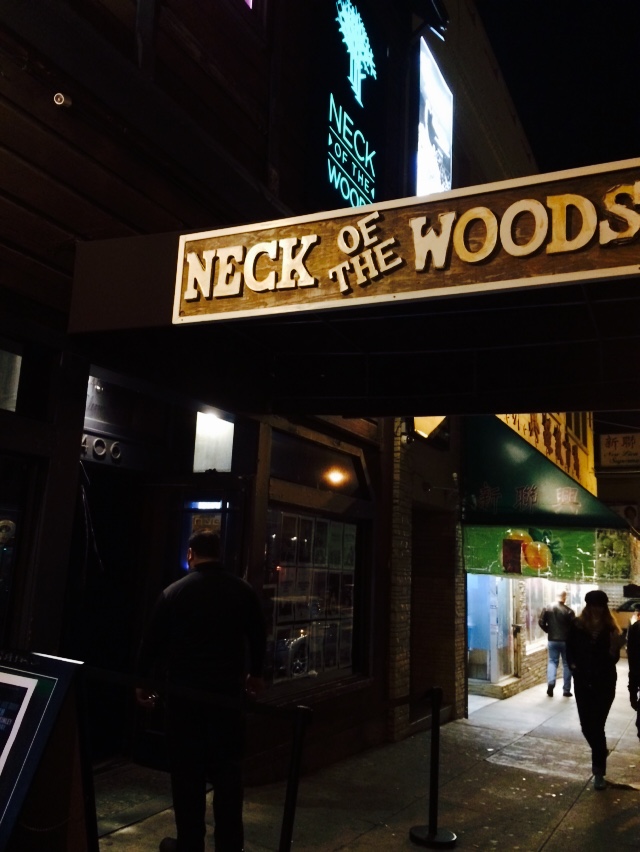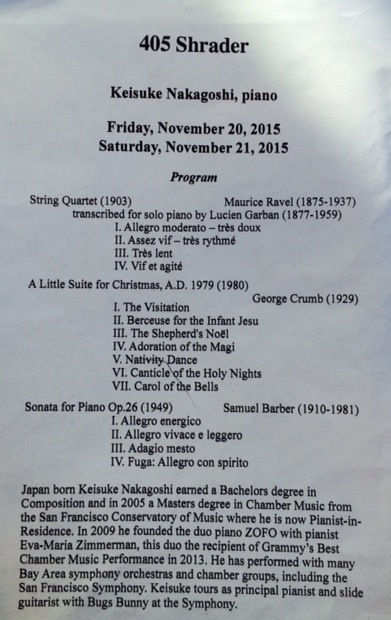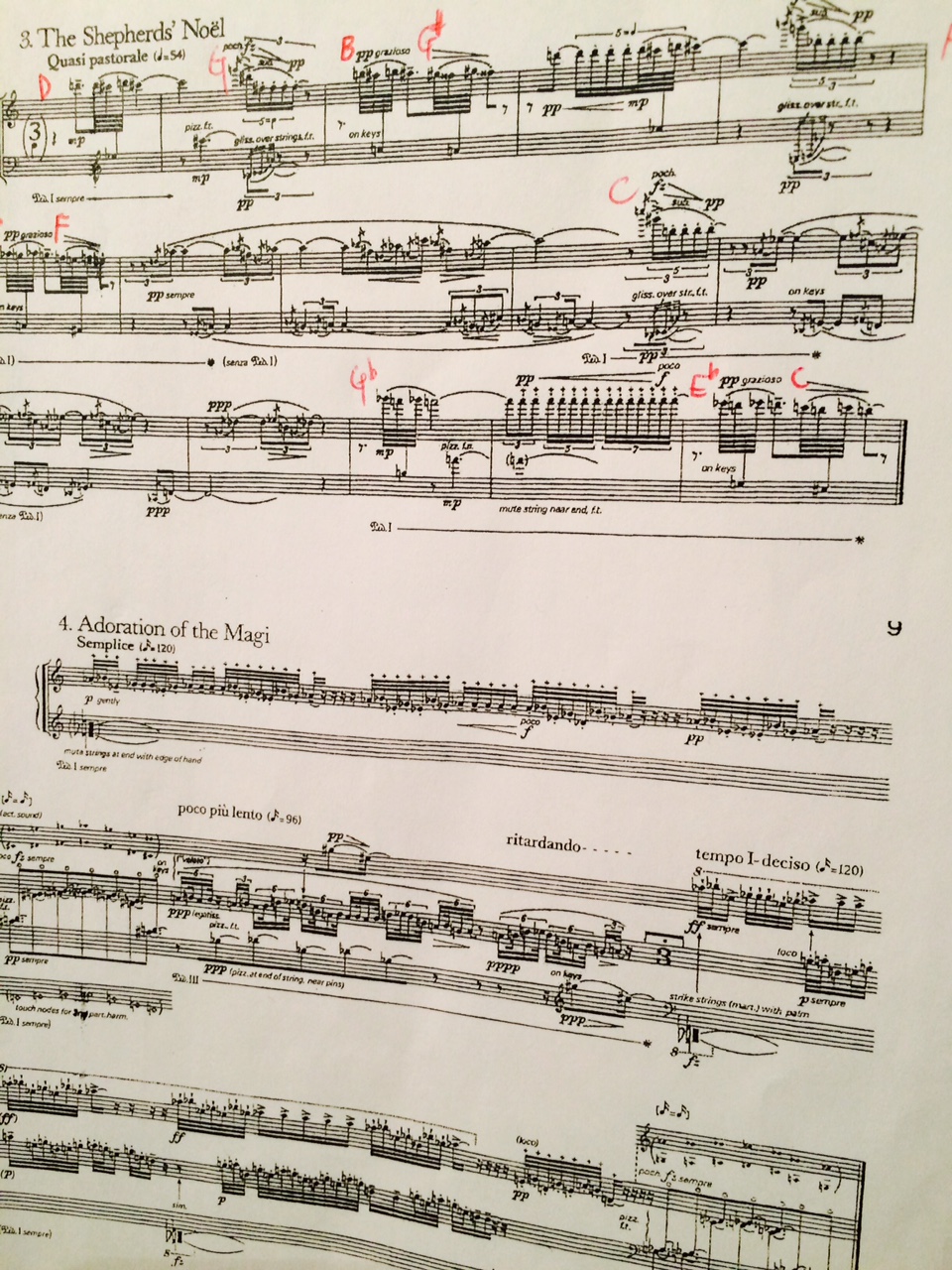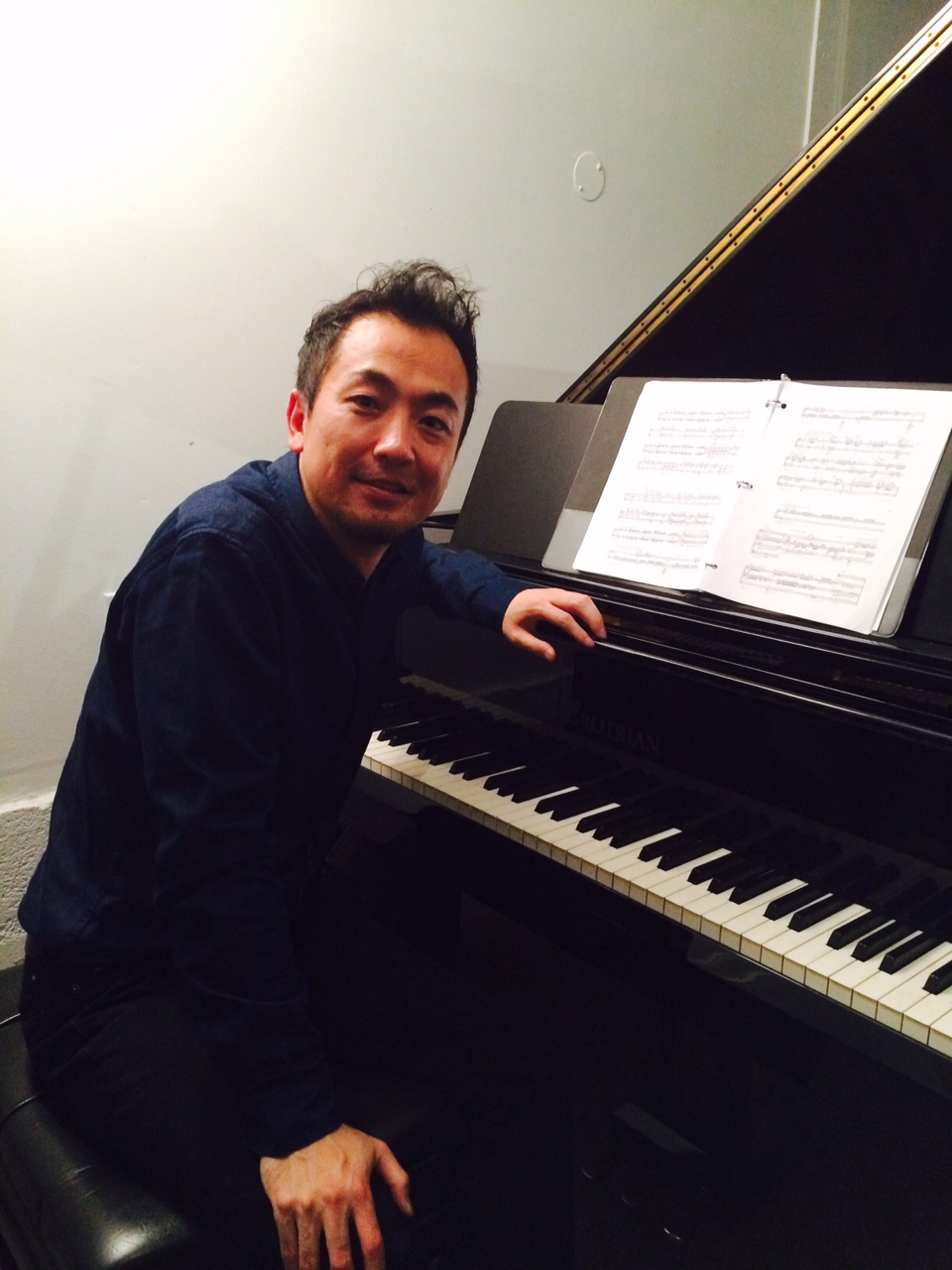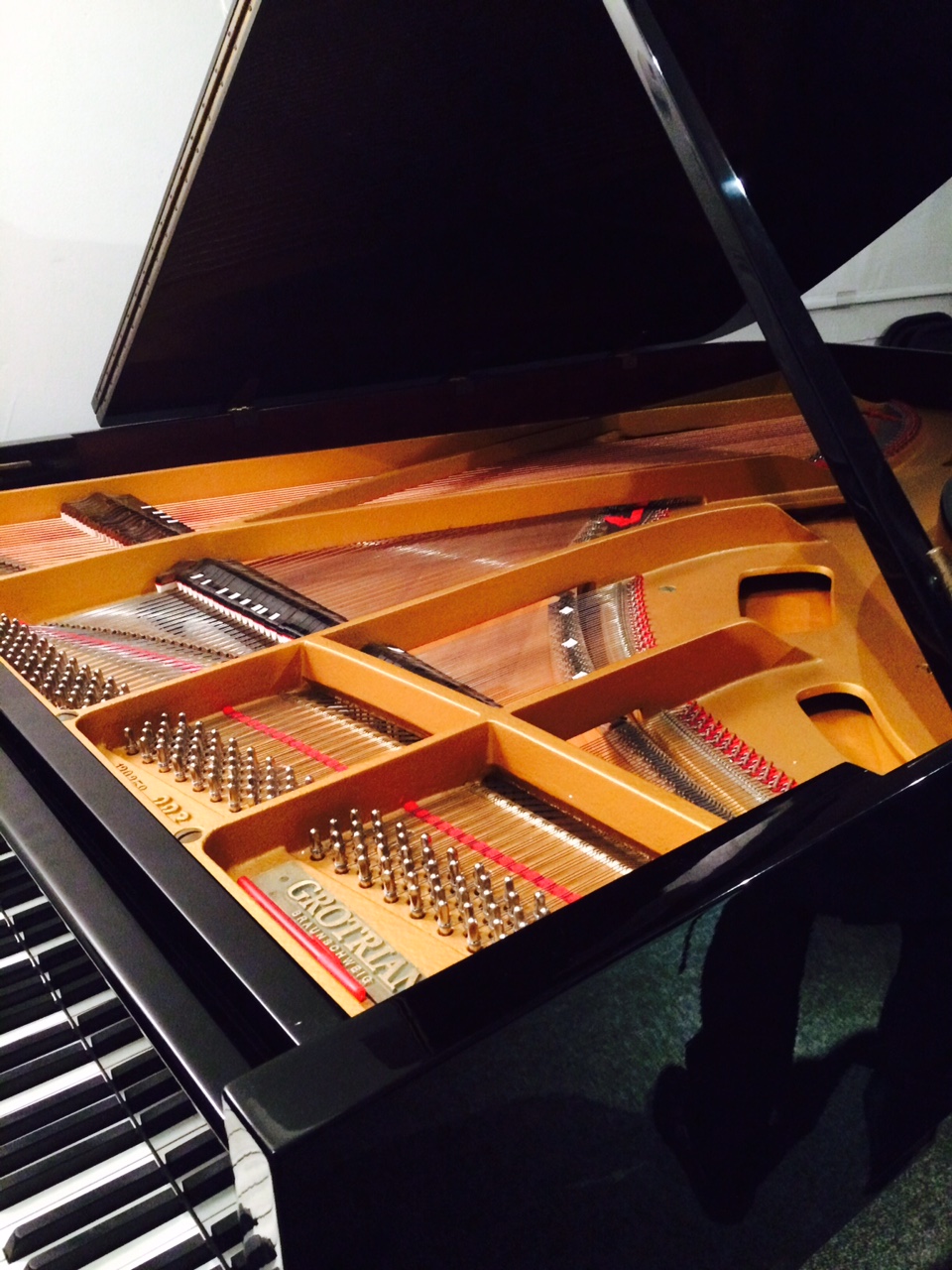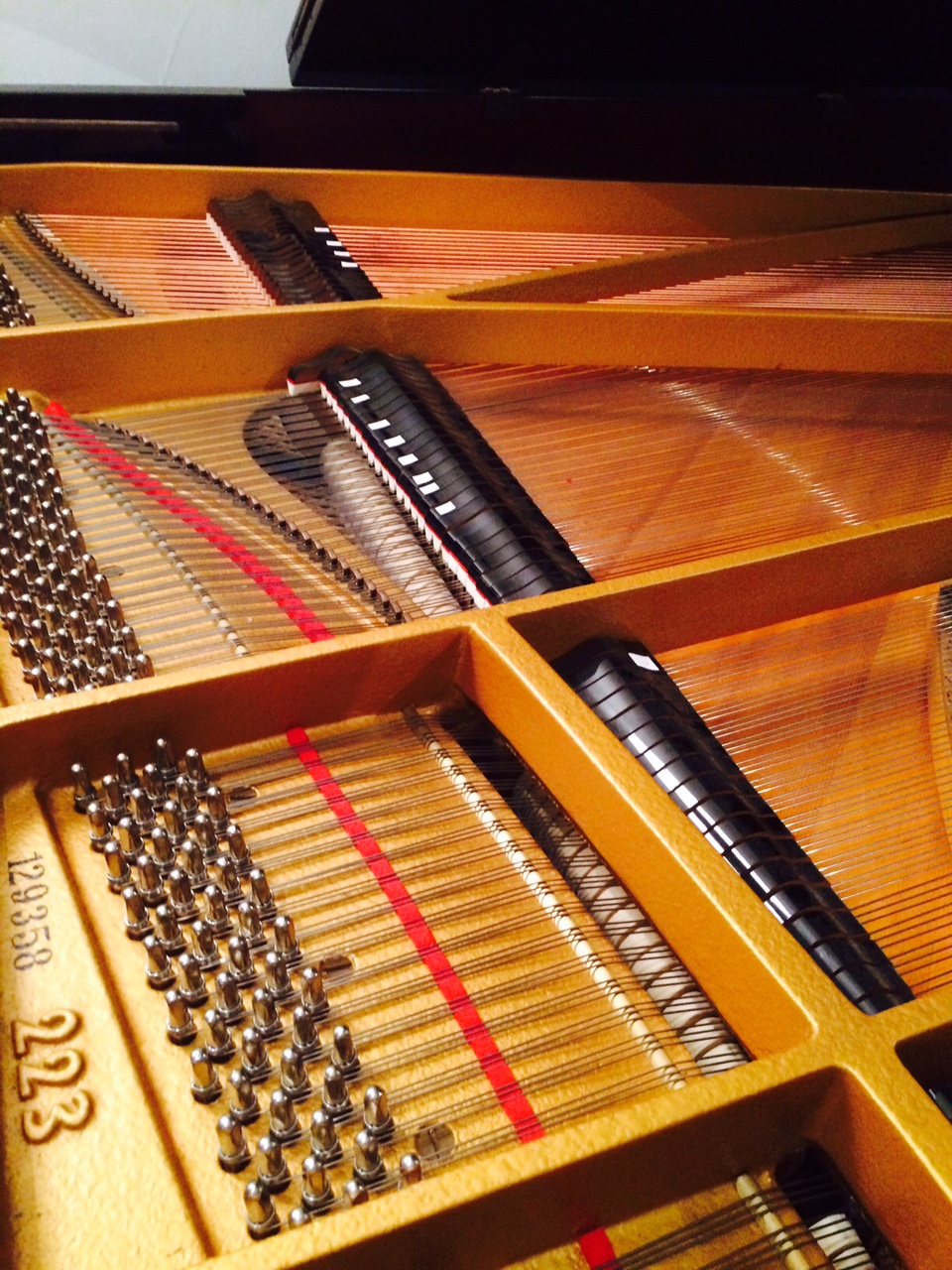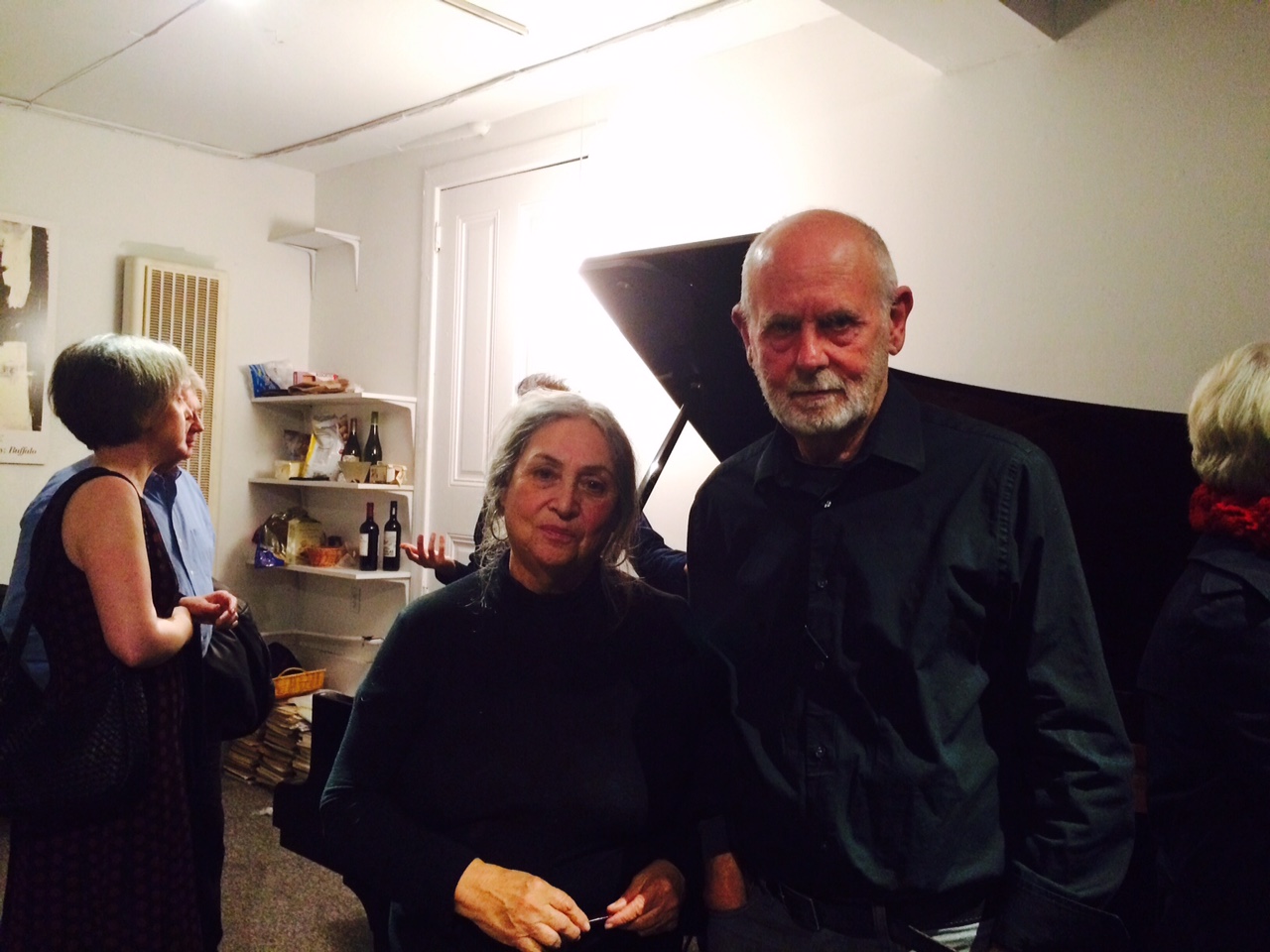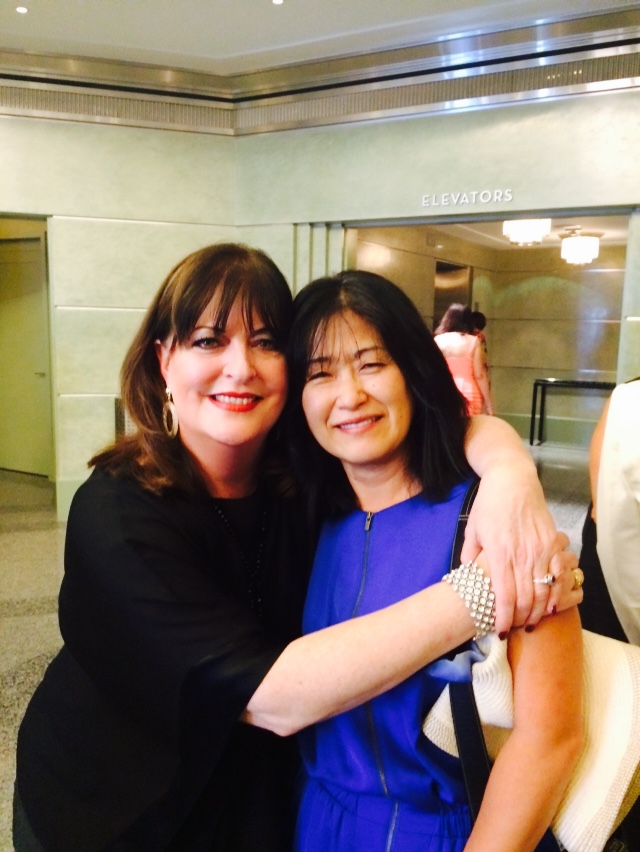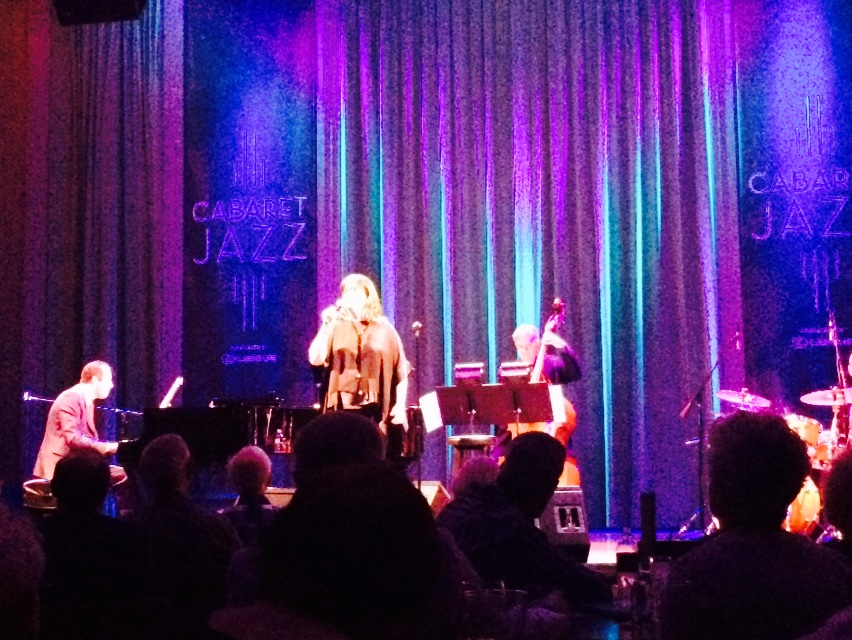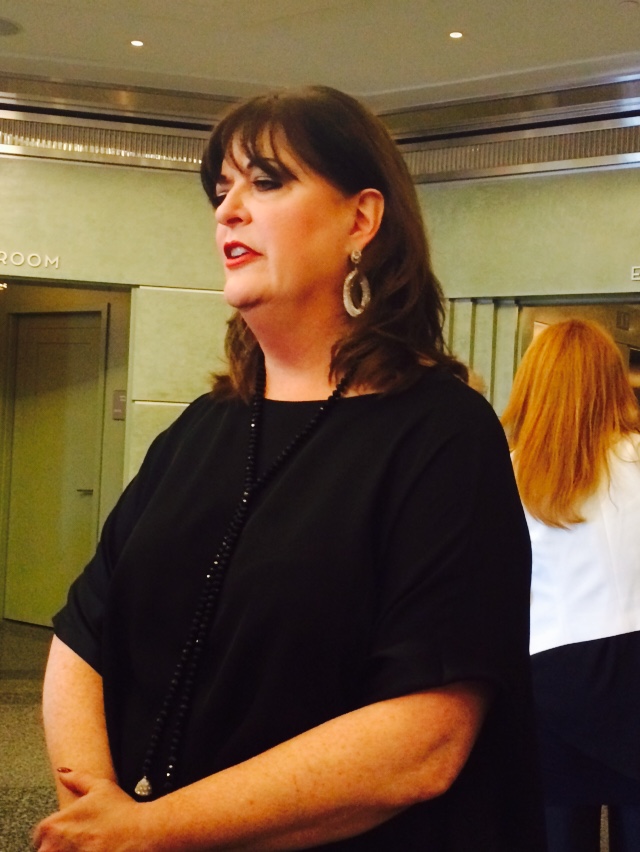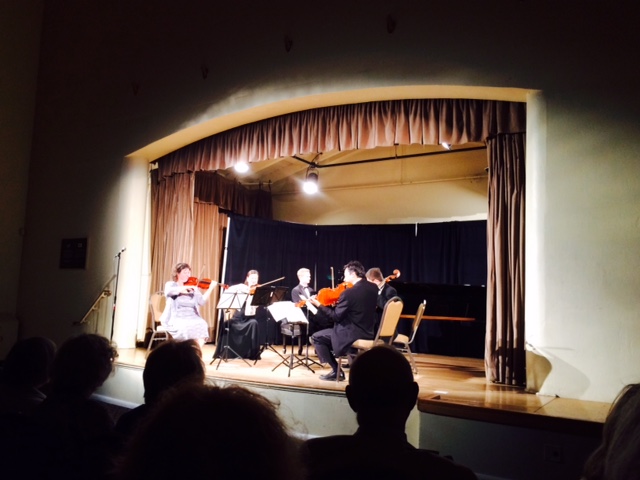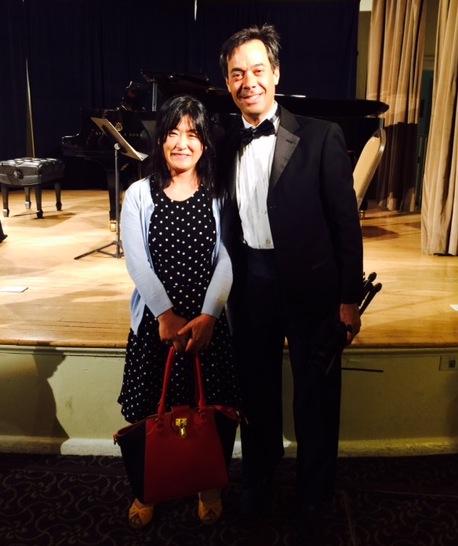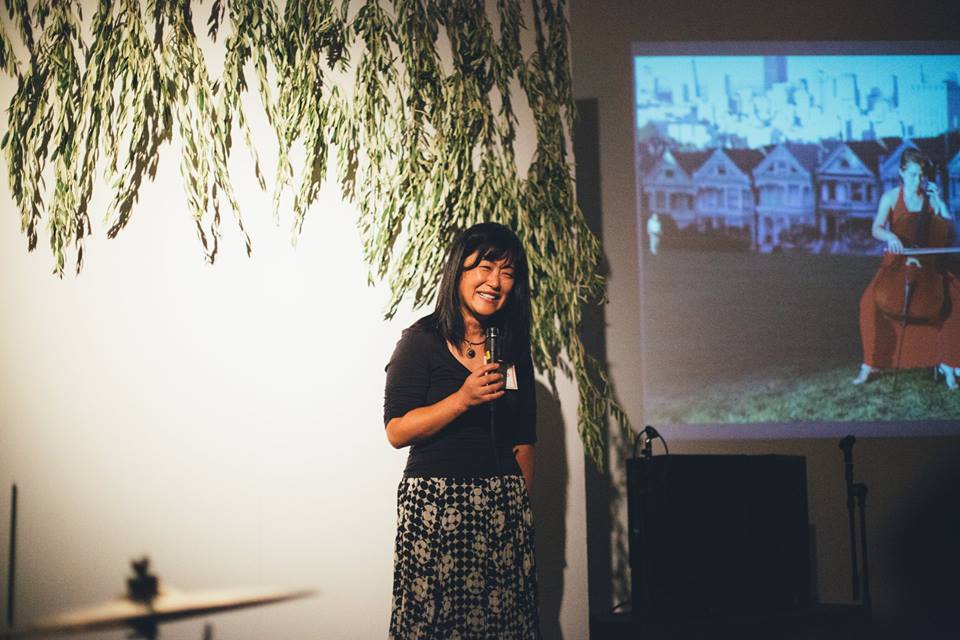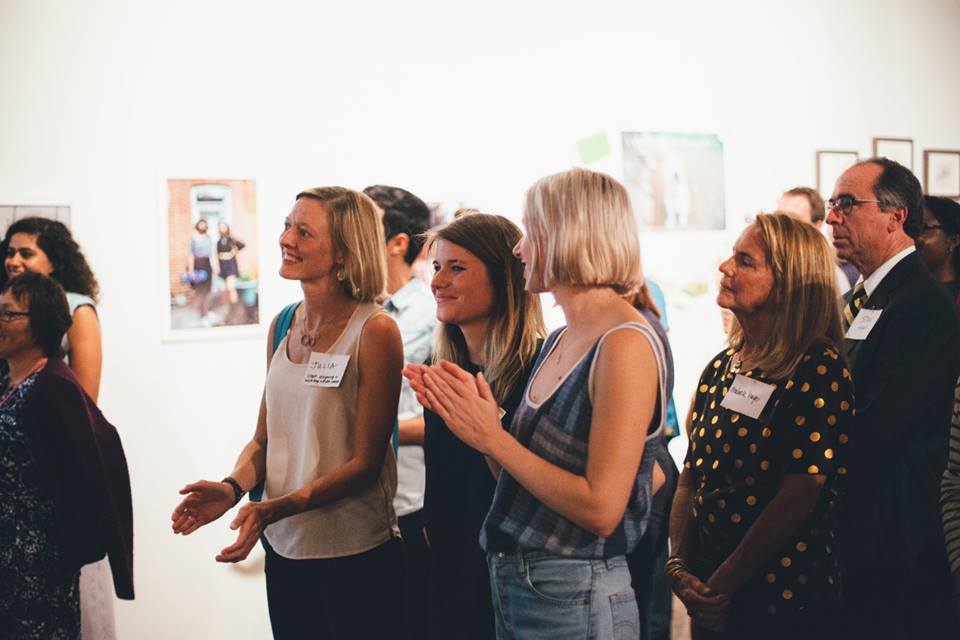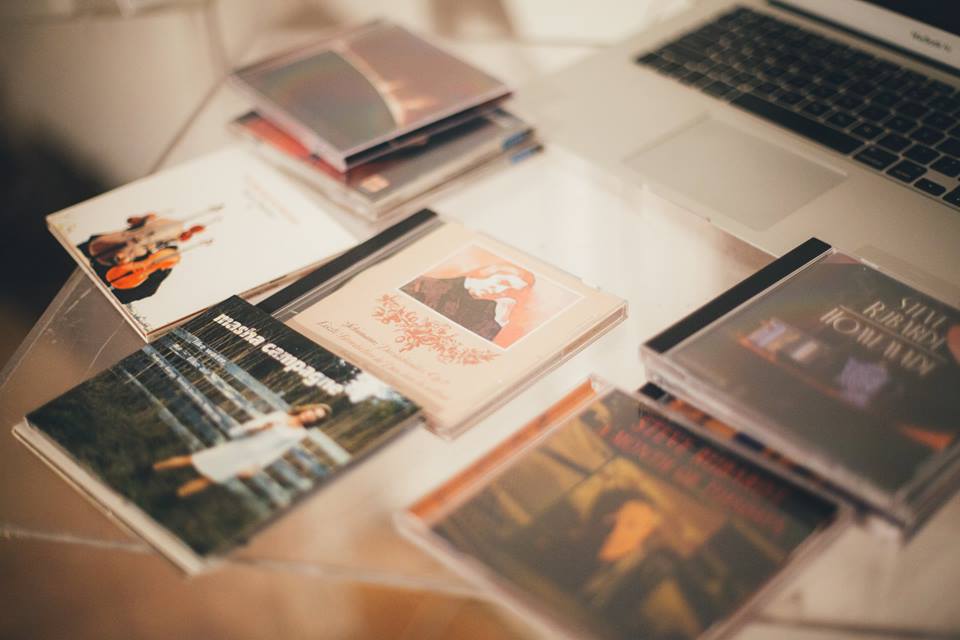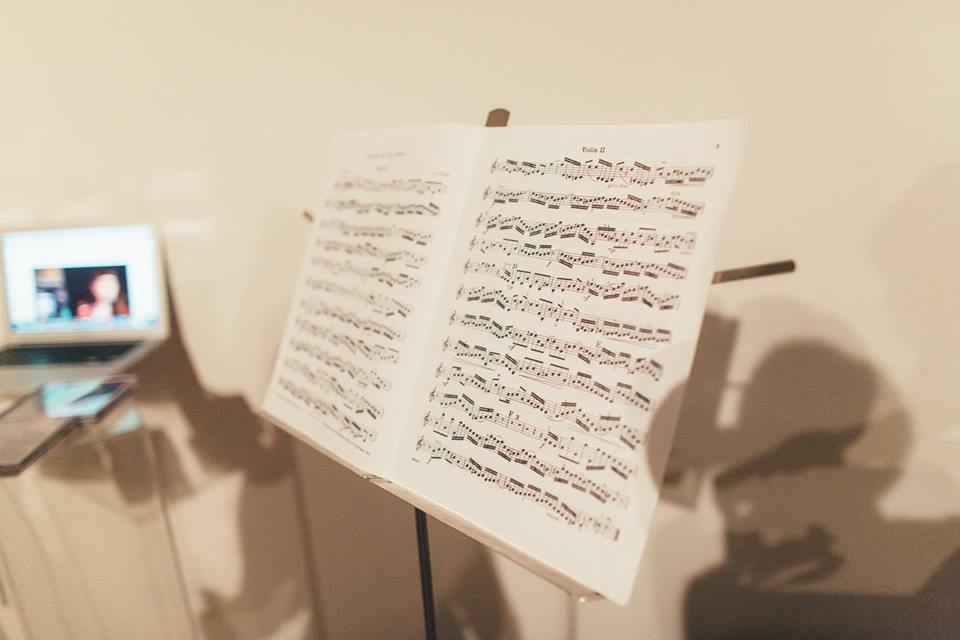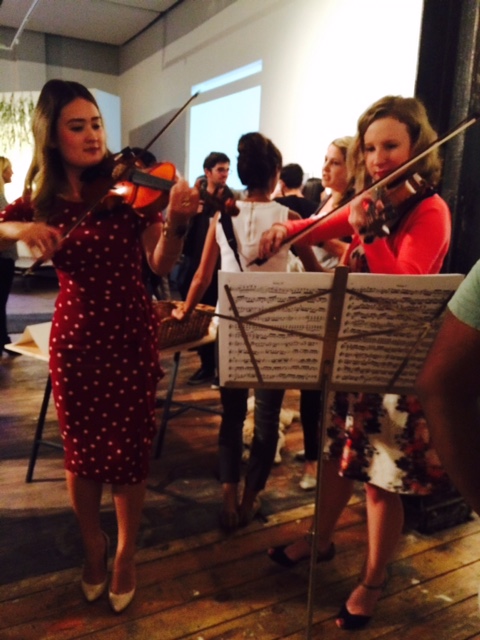Next, Nakagoshi played “A Little Suite for Christmas” by George Crumb. This piece utilizes not only the keys, but also the strings inside the piano. During the seven-movement piece, Nakagoshi was busy standing up and down, controlling the keys, strings and hammers. The resulting sounds ranged from chamberlin, xylophone, drum, and an ancient Asian stringed instrument.
This piece was like a talent show for the piano, showing that instruments are objects for making sound and that we don’t always have to be constrained by traditional notions of performance. I was very impressed and fascinated by this creative approach to the piano.
The last piece was the sonata for piano by Samuel Barber. It was interesting to compare Nakagoshi’s interpretation of each movement with my own:
First movement (allegro energico)
Nakagoshi - slimy, gross, dripping, yet beautiful; Keiko - fairy gets trapped by a witch and struggles to escape
Second movement (allegro vivave e leggero)
Nakagoshi - light, like a feather; Keiko - busy daily life
Third movement (adagio mesto)
Nakagoshi - creepy, smashing climax in the middle; Keiko - fear of being terminally ill
Fourth movement (fuga: allegro con spirito)
Nakagoshi - layers of voices, getting wild; Keiko - the first few measures reminded me of Bach’s Inventions - yes, layers of voices! And Nakagoshi made it much wilder!
It was my first experience hearing this type of piano, a Grotrian, made by the prestigious German firm founded in 1835. It has a warm, intimate sound that ports well the unique sonority of the pieces performed.
After the concert, I chatted with Nakagoshi and he shared with me his excitement when he discovered the Ravel String Quartet transcribed by Garban, Crumb's musical sound journey, and the voices of Barber's Sonata for Piano. I sincerely appreciated his passion for these pieces and his excitement in sharing them with us.
He told me that during the first movement of Ravel, a moth began flying over the keyboard. After a while, it went away, but came back again for the last movement. He admitted that it was difficult to concentrate because he wasn’t sure what to do about the moth. All that I can say is that Nakagoshi is indeed a professional: none of his moth-confusion was evident during the performance.
I was amazed to see how Nakagoshi became part of the music when he played, completely forgetting himself and turning himself over to the personality of each piece. Like a magician, he transformed himself into the music, drawing us with him into another world.







